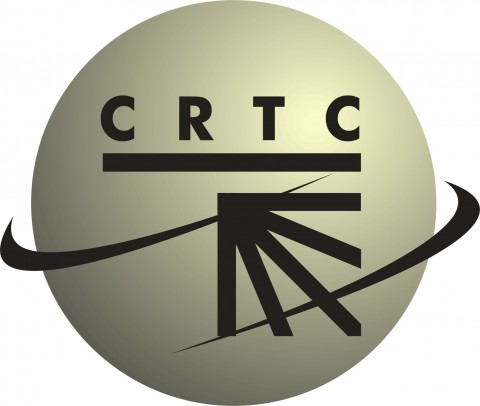
PARIS – The plethora of viewing options has created a legion of “content bulimics”, escalating content discovery and promotion to “a global challenge”, says CRTC broadcasting vice chair Tom Pentefountas.
Speaking Monday at the Culture et médias au défi de l'attention conference in Paris, Pentefountas invited the world to take part in the Commission’s upcoming Discoverability Summit, an event designed to examine and understand the new consumption habits of listeners, viewers and Internet users.
“The Summit, as well as the preliminary discussions, will be opportunities to bring together key creators and thinkers in the industry, and government and university representatives from Canada and around the world”, he said. “All will take part in addressing the discovery challenge. Our goal is to create a spark that will produce new ideas, new tools and new business models that will help resolve this fundamental challenge.”
Pentefountas also shared some highlights from the Commission’s recent Let’s Talk TV public consultation, including the cut in daytime Canadian content quotas and new initiatives to promote large-scale Canadian productions.
“The CRTC’s goal is to change how creators and distributors bring content to Canadians, and to encourage them to use innovation and creativity to meet the diverse needs and interests of their audiences, both in Canada and abroad”, he continued. “We want them to see change as an opportunity to be seized, not an obstacle to be overcome.”
Other highlights from Pentefountas' speech include musings on:
– Netflix, which launched in France last year
“Many see this digital television service as a fierce competitor that is difficult to fight. Rather, we should see this service’s entrance in the arena as an incentive to do better and be more open to new market trends.”
– The demise of protectionist measures
“We see it the world over, with the elimination of trade barriers between countries. The future of audiovisual content will not be built by erecting walls that will be ineffectual in the face of technologies focused on free movement. We need to focus on conquering international audiences. Ignoring these new realities would be irresponsible.”
– The shift in advertising revenue away from traditional media to online and mobile technologies
“This fragmentation of audiences need not necessarily result in a drop in advertising revenue. On the contrary, new technologies make it possible for the industry to know a great deal about its audiences and thus to better focus its resources.”
– On ad insertion technology, where advertisers can target particular household audiences according to age, revenue and other demographic factors
“A well targeted viewer has much more value than a random, non-targeted viewer. For example, 100 targeted viewers, subdivided into groups of 10 can be the equivalent of 1,000 viewers reached randomly and unexpectedly.”
– On refining audience measurement techniques
“Knowing who watches what is vital, since advertising revenue depends on it. Precise measurement enables monetization, which means revenue that we can reinvest in content, which means jobs in the creative field. I firmly believe that a country’s prosperity is intimately linked to creative endeavours. It is not only question of culture, but also an economic one.”



